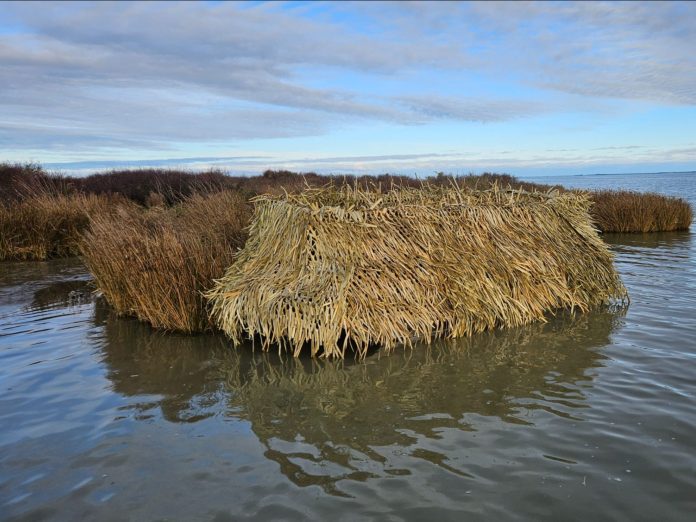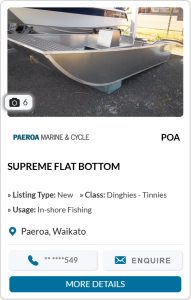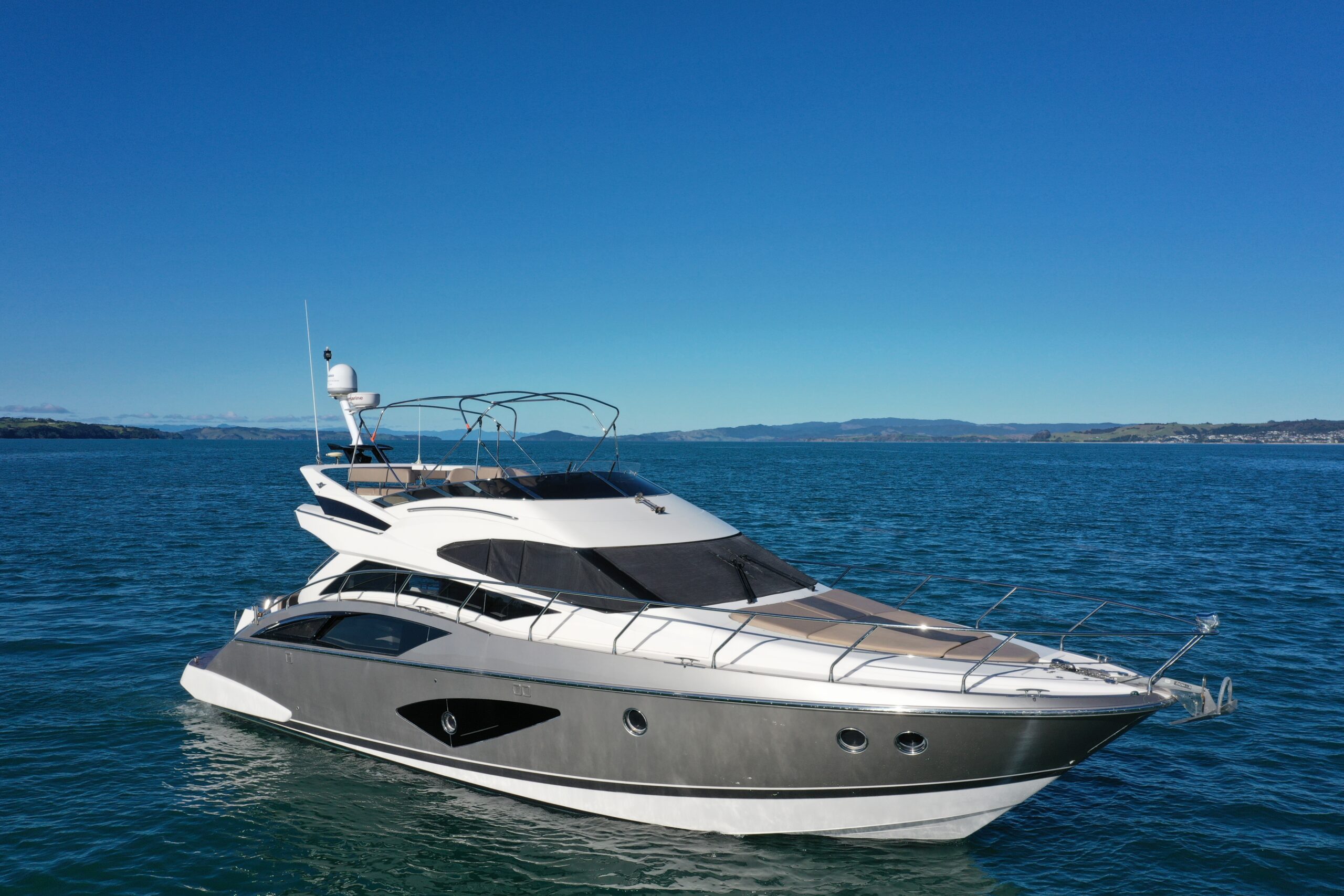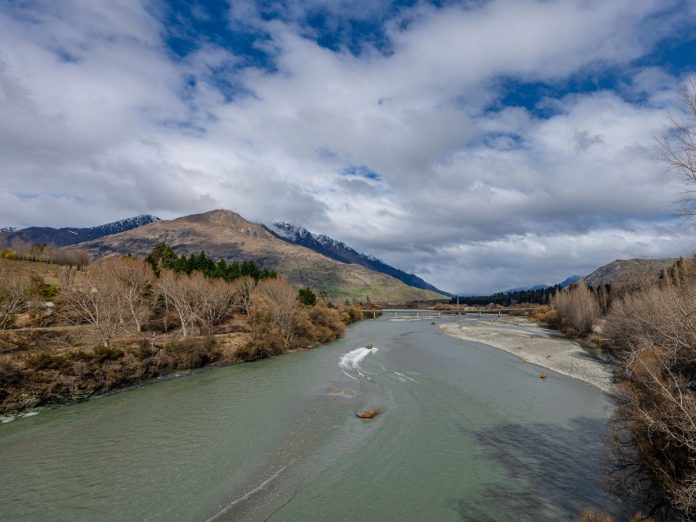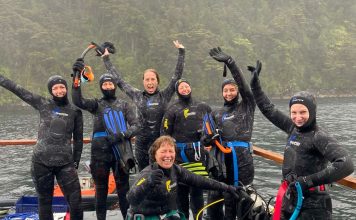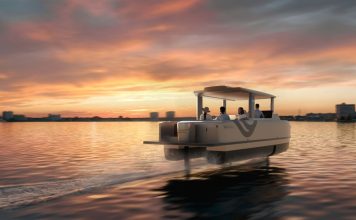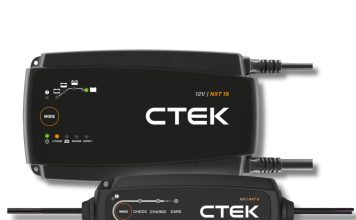With the NZ Fishing, Hunting & 4×4 Expo happening in Rotorua this weekend, I started thinking about how we use our boats “in the wild.” It’s an idea that’s shaped our For the Wild Ones series — articles that explore using your boat not just on the water, but as a gateway to shore-based fishing, hunting, tramping, and trekking adventures.
When it comes to duck hunting, your boat matters as much as your decoys or shotgun. In New Zealand, hunters rely on everything from humble tinnies and dinghies to purpose-built mud-sliders designed for wetlands. The key requirement is mobility: a boat that tows and launches easily, then slips quietly into shallow estuaries, backwaters, and wetlands where mallards, paradise ducks, and teal feed and roost.
Flat-bottom hulls
Flat-bottom boats have long been the go-to choice for duck hunters. Their shallow draft allows them to skim into skinny water, while their wide stance provides a stable shooting platform. Two Kiwi options stand out.
- Huntercraft – Built tough in aluminium, with shallow runner designs, Huntercraft hulls handle chop in an estuary just as well as they push into backwaters.
- FatCat – These rotomoulded polymer boats are renowned for space and stability, making them excellent for hunting with kids, dogs, or large decoy spreads.
Other models surface now and then. At the time of writing, for example, a Supreme 3.6-metre flat-bottom hull (centre console removed) was listed on Trade-A-Boat.
Pontoon boats
Pontoon boats bring a different set of strengths. With broad decks, multiple buoyancy chambers, and minimal draft, they provide safe, spacious platforms for blinds and decoys. They’re especially popular for hunters with families and retrievers.
High windage can make them harder to handle in a breeze. But in calm estuaries or sheltered lakes, they shine for both safety and space. Kiwi names like Stabicraft, Senator, and Osprey Boat’s Osprette Pontoon range.
It’s worth noting that Stabicraft’s design differs from lake-style pontoons. They integrate welded aluminium chambers into rigid hulls, combining buoyancy and stability with better performance.
Regardless of the hull type — flat-bottom, pontoon, or simple dinghy — the principle stays the same. You need a stable, shallow-draft boat that can carry your blind and position you right where the ducks want to be.
Your floating duck blind
Ducks see everything. A bare, shiny hull anchored in an estuary is about as subtle as a black swan on a trout stream. A blind breaks up the boat’s outline, conceals movement, and lets you hunt in places with no natural cover.
The big advantage is mobility. Unlike a fixed maimai, a boat blind moves with the birds. You can shift decoys when the wind swings, relocate to another bay when flightlines change, or tuck into reeds at first light. For Kiwi hunters, that flexibility often spells the difference between a quiet morning and a heavy bag.
Kit or DIY?
Once you’ve chosen your boat, concealment is the next step. Hunters have two main options: ready-made kits or DIY projects.
Huntercraft Duck Blind kit
Huntercraft offers a purpose-built Duck Blind for its Pioneer 3900, 4200, and 4600 models. Built in Southland, the aluminium frame folds flat for towing and pops up in seconds on site. Seating frames keep it steady, while canvas sides dressed in shredded flax help it blend into the reeds. The Full Kit comes with three clip-on flax-covered panels plus all fasteners. In short, it’s a plug-and-play system — roll up, flip it open, and start hunting.
Ready-made kits
Several hunting stores stock generic boat blind kits (like this Avery Quick Set Boat Blind) that can be fitted to most hulls. Look for rot-resistant materials with a natural appearance. Once installed, you can paint or dye them to suit your environment.
Building your own
For those who prefer a custom approach — or who run another brand of boat — DIY blinds are a rewarding project. Many hunters build fold-down or scissor-style frames from PVC pipe, EMT conduit, or steel rod. Cover them with canvas or mesh, add flat camouflage paint, and finish with raffia grass, flax, or locally cut reeds. Just remember to leave an opening for your retriever.
The benefit is flexibility and personalisation, but the trade-off is shed time and the need to test the design thoroughly.
Safety and handling
Adding a blind changes how a boat behaves. Extra weight above the gunwales can make smaller hulls less stable, so always test your setup in calm conditions before opening day. Practice deploying decoys, working with the dog, and moving around with gear aboard.
Weight management is another consideration. Although many of these boats are rated for four people, once you add gear, decoys, ammo, retriever, and blind, two hunters is usually the sweet spot.
Finally, make sure your blind doesn’t block navigation lights or sightlines when folded. Hunting comes second to safe boating.
Bringing it all together
For Kiwi duck hunters, a boat blind represents freedom. You’re not tied to one maimai; instead, you can follow the birds, adapt to wind shifts, and set up exactly where the ducks want to be.
Whether you choose a Huntercraft kit, knock together your own frame, or run a rugged flat-bottom or pontoon, the result is the same: a camouflaged platform that puts you in the right place at the right time.
Because in the end, preparing your blind isn’t just about concealment. It’s part of the hunt itself — as rewarding as the morning you spend in the reeds, waiting for wings overhead.








